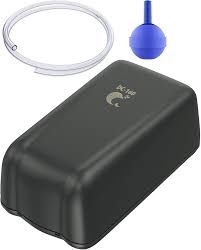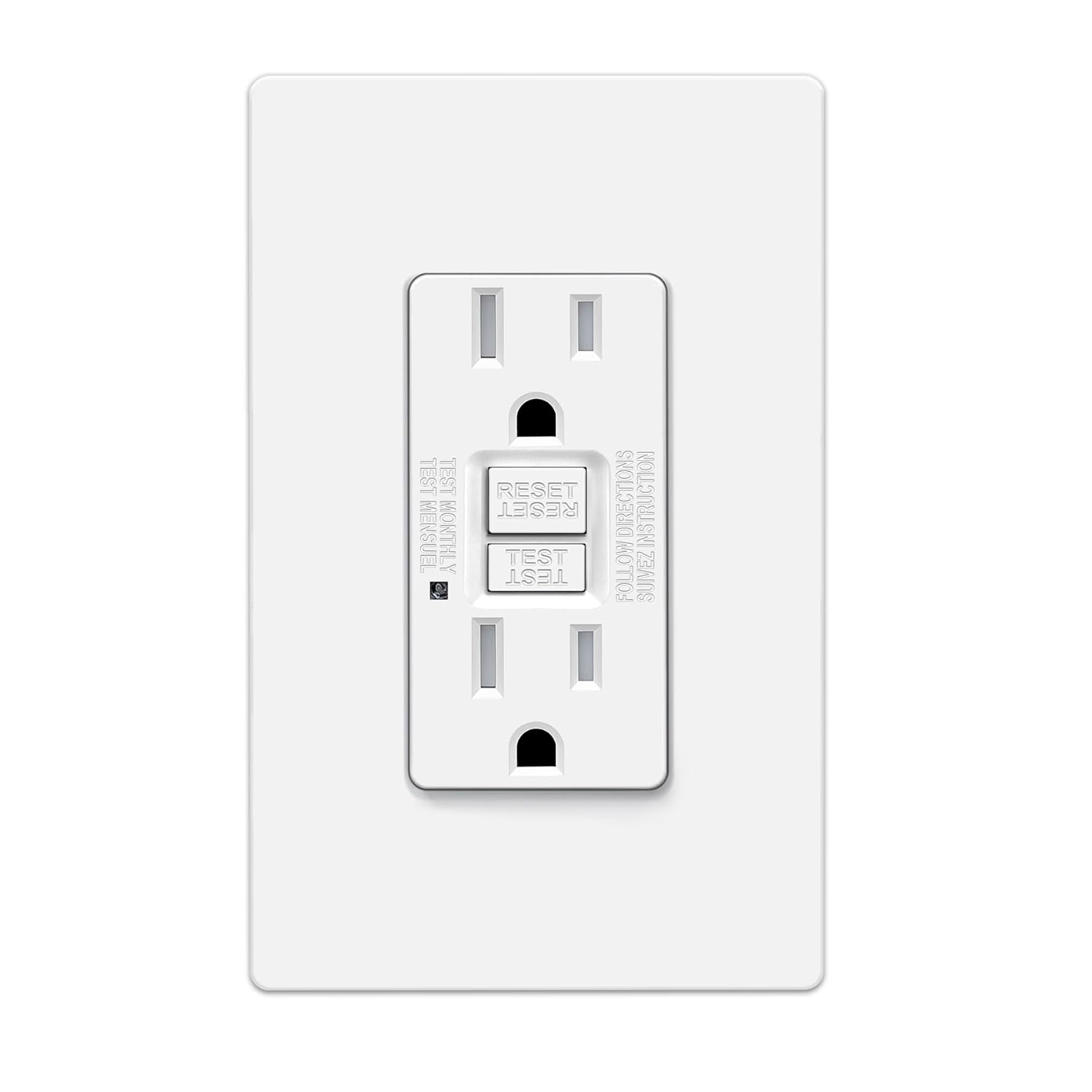Ensuring safety and having a backup plan for your aquarium setup is crucial to protect both your aquatic life and your home. Here are key considerations for maintaining a safe and reliable aquarium environment:
1. Electrical Safety
- Ground Fault Circuit Interrupter (GFCI): As mentioned earlier, a GFCI is essential for preventing electric shocks and electrical fires. Always use GFCI-protected outlets or power strips for your aquarium equipment.
- Drip Loops: Create drip loops with all cords leading to the aquarium. This ensures that if water runs down a cord, it will drip off before reaching the outlet, preventing a short circuit.
- Proper Cable Management: Keep cables tidy and away from water. Use cable ties or holders to prevent tangling and to keep cables elevated and dry.
2. Temperature Control
- Reliable Heaters: Invest in a high-quality, reliable heater with a built-in thermostat. Consider using two smaller heaters instead of one large one to provide redundancy in case one fails.
- Heater Guard: Use a heater guard to protect your fish from coming into direct contact with the heater, which can cause burns.
- Thermometer: Use a reliable thermometer to monitor the water temperature regularly. Consider digital thermometers with alarms that alert you if the temperature goes out of the desired range.
3. Power Backup
- Uninterruptible Power Supply (UPS): A UPS can provide temporary power to essential equipment, such as filters, heaters, and air pumps, in the event of a power outage. This is particularly important in areas prone to power interruptions.
- Battery-Powered Air Pumps: Keep battery-powered air pumps on hand to maintain oxygen levels in the tank during power outages. Some models automatically activate when power is lost.
- Backup Generators: For more extensive setups, particularly in areas with frequent or prolonged outages, a backup generator can be a lifesaver, keeping your aquarium running smoothly during extended power outages.
4. Filtration and Water Quality
- Redundant Filtration: Consider using multiple filters to ensure continuous filtration if one fails. Having a backup filter also helps maintain water quality during maintenance or in the event of a malfunction.
- Water Testing: Regularly test water parameters (pH, ammonia, nitrite, nitrate, salinity for saltwater tanks) to detect and address potential problems before they become serious.
- Automatic Top-Off (ATO) Systems: These systems automatically replace evaporated water with fresh water, preventing salinity spikes in saltwater tanks and maintaining stable water levels.
5. Emergency Plans
- Spill and Leak Detection: Use water leak detectors around your aquarium to alert you to any leaks or spills, allowing you to take immediate action to prevent water damage to your home.
- First Aid Kit: Keep an aquarium-specific first aid kit on hand, including items like dechlorinator, medications for common fish diseases, and ammonia detoxifiers for emergency water quality issues.
- Evacuation Plan: In case of an emergency that requires evacuation (e.g., fire, natural disaster), have a plan for securing or relocating your aquarium inhabitants. Portable containers and battery-powered equipment can be helpful.
6. Fire Safety
- Fire Extinguisher: Keep a fire extinguisher nearby, particularly in rooms with large or complex aquarium setups. Ensure it is rated for electrical fires.
- Overload Prevention: Avoid overloading electrical circuits with too many devices. Distribute the load across multiple outlets or circuits to reduce the risk of overheating.
7. Maintenance and Monitoring
- Regular Inspections: Periodically inspect all equipment for signs of wear, damage, or malfunction. Replace any faulty components immediately.
- Monitoring Systems: Consider using aquarium monitoring systems that alert you to changes in temperature, water levels, or other critical parameters via smartphone or other devices.
8. Safety for Inhabitants
- Proper Tank Covers: Use secure lids or covers to prevent fish from jumping out and to keep other pets or children from accessing the tank.
- Safe Decorations: Ensure that all decorations, rocks, and substrates are aquarium-safe and free from sharp edges or harmful chemicals.
9. Backup Supplies
- Spare Equipment: Keep spare equipment like heaters, filters, and air pumps on hand to quickly replace any that fail. This can be particularly important in emergencies or if replacements are not readily available.
- Water Supply: Store an emergency supply of treated water, especially for saltwater tanks, where the correct salinity must be maintained.
10. Insurance and Documentation
- Insurance: Consider checking if your home insurance covers aquarium-related damages, such as water leaks or electrical issues. Some policies may require a separate rider for large aquariums.
- Documentation: Keep a record of all your aquarium equipment, maintenance routines, and emergency contacts (e.g., a local aquarium service provider) in an easily accessible location.
Backup

Battery-operated air pump
A battery-operated air pump is an essential tool for any aquarium enthusiast, particularly as a back…

Ground Fault Circuit Interrupter
A Ground Fault Circuit Interrupter (GFCI) is an essential safety device for any aquarium setup, espe…
